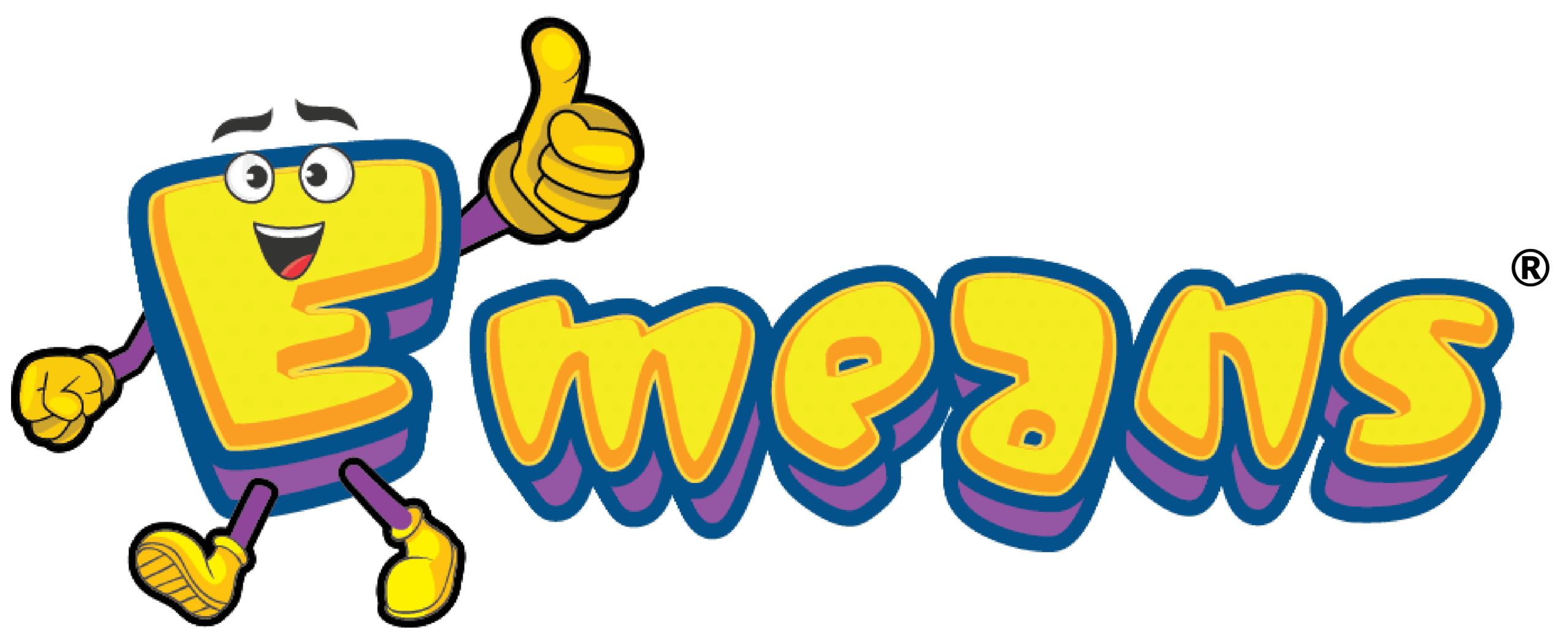Our Approach
Our Curriculum Framework
We Believed Children Learn By Doing
Emeans Curriculum Framework integrates key concepts from human development theorists into its methods. Piaget emphasized active learning, where children build knowledge through exploration. Vygotsky highlighted the role of social interaction in development. Consequently, teachers model desired behaviors, giving children clear examples to emulate.

Emeans Curriculum Framework – 4 Pillars:
-
Pillar 1:
KSPK and DSKP curriculum by Malaysia Ministry of Education (MOE). -
Pillar 2:
Leader in Me embodies a holistic approach to character education. -
Pillar 3:
Thematic approach learning experiences. -
Pillar 4:
A language arts curriculum is designed to further enhance student literacy.
Grounded in child development theory, our approach balances active learning (Piaget) and social interaction (Vygotsky). Teachers guide by modelling positive behaviours, creating an environment where children learn through exploration, play, and relationships.
Our Curriculum Framework
We Believed Children Learn By Doing
Emeans Curriculum Framework integrates key concepts from human development theorists into its methods. Piaget emphasized active learning, where children build knowledge through exploration. Vygotsky highlighted the role of social interaction in development. Consequently, teachers model desired behaviors, giving children clear examples to emulate.

Emeans Curriculum Framework – 4 Pillars:
-
Pillar 1:
National Standards (Permata & KP2027) -
Pillar 2:
Leader in Me – character, social & emotional leadership and responsibility -
Pillar 3:
Thematic Learning with hands-on exploration. -
Pillar 4:
Language Arts to strengthen literacy and communication
Grounded in child development theory, our approach balances active learning (Piaget) and social interaction (Vygotsky). Teachers guide by modelling positive behaviours, creating an environment where children learn through exploration, play, and relationships.
5E Model
Our 5E Instructional Practices

At Emeans, teachers incorporate instructional 5E Model into classroom help students build a strong foundation of knowledge through active participation. The 5E model uses a constructivist approach to learning, which means it focuses on students constructing knowledge from experiences. In the classroom, we requires teachers to build inquiry, exploration, and assessment into their instructional approach. In many ways, this means the teacher plays the role of a facilitator, guiding students as they learn new knowledge.
Engage
Teachers engage students’ prior knowledge to assess their understanding of the upcoming learning lesson.
Explore
Students actively explore the new concept through concrete learning experiences.
Explain
This is a teacher-led phase that helps students synthesize new knowledge and ask questions if they need further clarification。
Elaborate
Teacher giving students space to apply what they’ve learned.
Evaluate
The 5E Model allows for both formal and informal assessment.
Our Teaching Model
Emeans Educational Model

At Emeans Education Center, we adopt an inquiry-based learning model centered on assessment. This approach emphasizes teacher guidance and scaffolding to foster exploration and growth. Children are encouraged to express and share their insights in varied ways.
Inquiry & Exploration
Encouraging children to ask questions and discover new ideas.
Scaffolding & Support
Teachers guide and adjust learning to each child’s needs.
Representation & Expression
Children share their understanding in creative ways.
Our Teaching Model
Emeans Educational Model

At Emeans Education Center, we adopt an inquiry-based learning model centered on assessment. This approach emphasizes teacher guidance and scaffolding to foster exploration and growth. Children are encouraged to express and share their insights in varied ways.
Inquiry & Exploration
Encouraging children to ask questions and discover new ideas.
Scaffolding & Support
Teachers guide and adjust learning to each child’s needs.
Representation & Expression
Children share their understanding in creative ways.
Assessment & Growth
Ongoing feedback helps every child progress confidently.

5 Inter-Related
Component Of Nurturing Care
To reach their full potential, children need the five inter-related and indivisible components of nurturing care: good health, adequate nutrition, safety and security, responsive caregiving and opportunities for learning.
